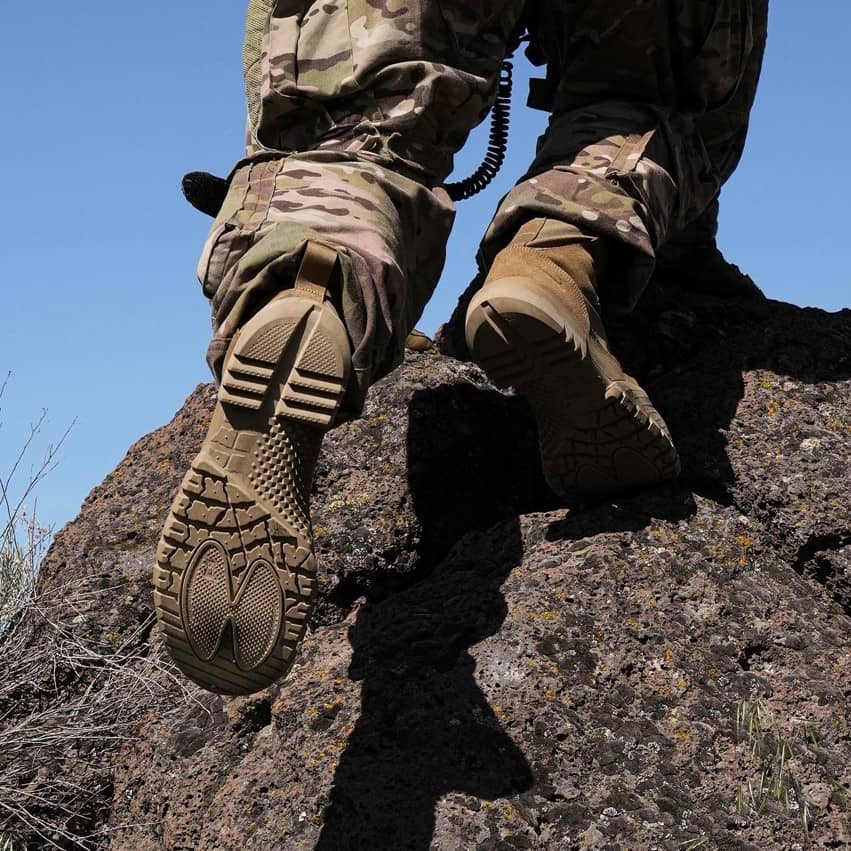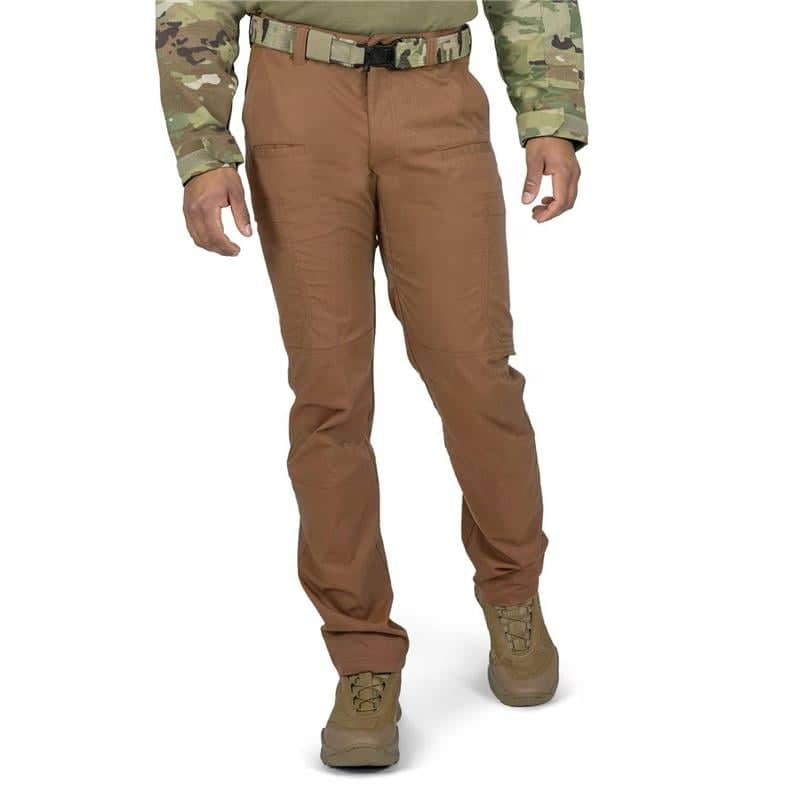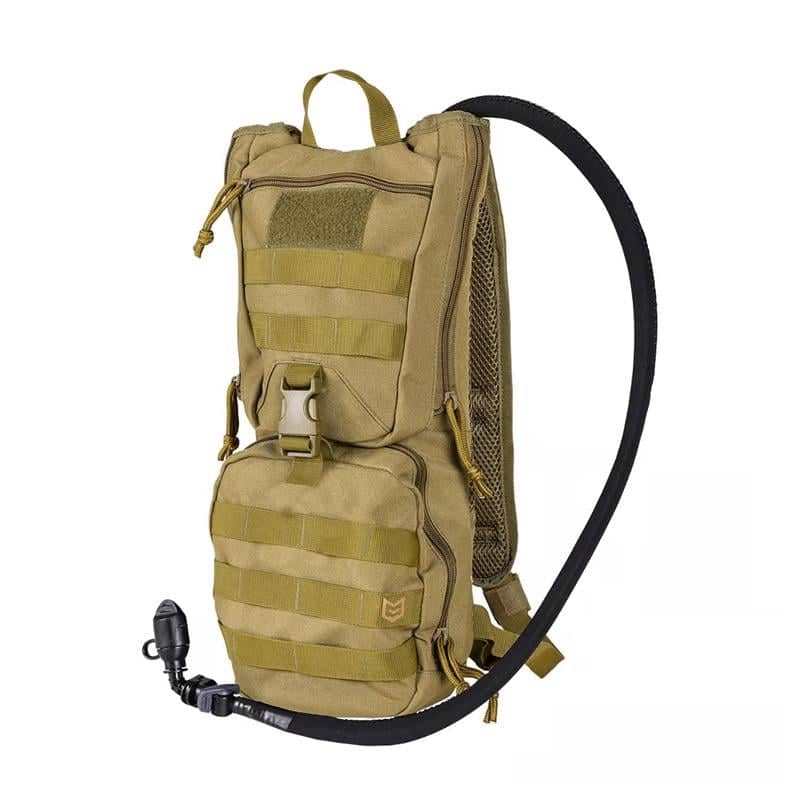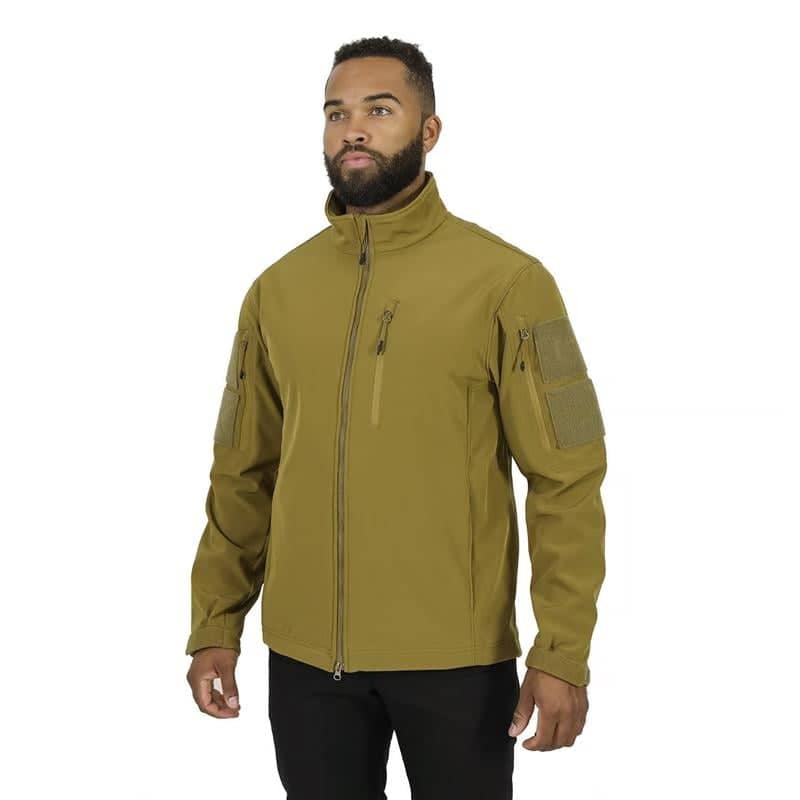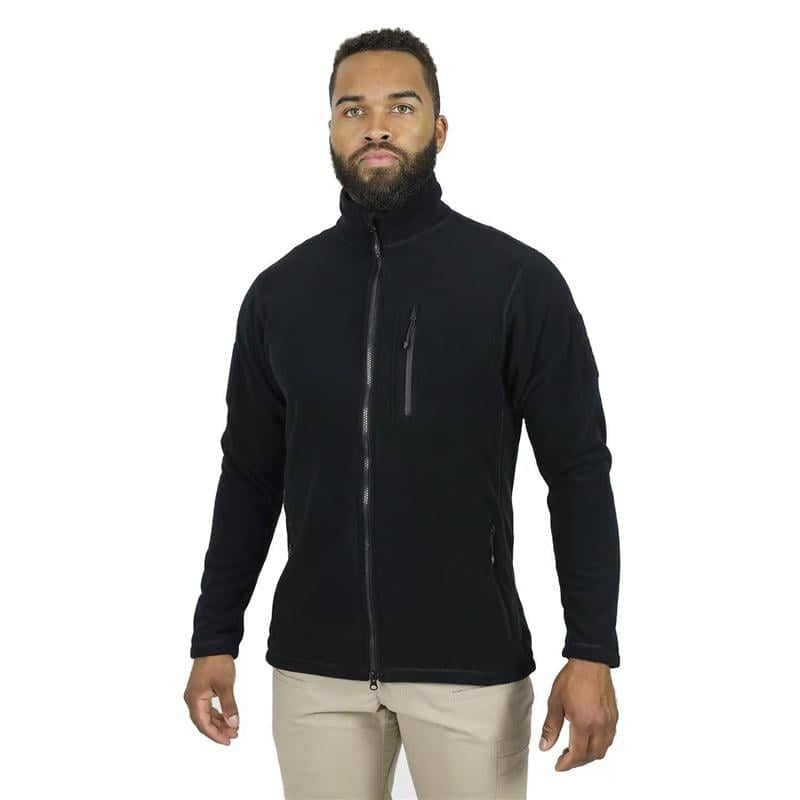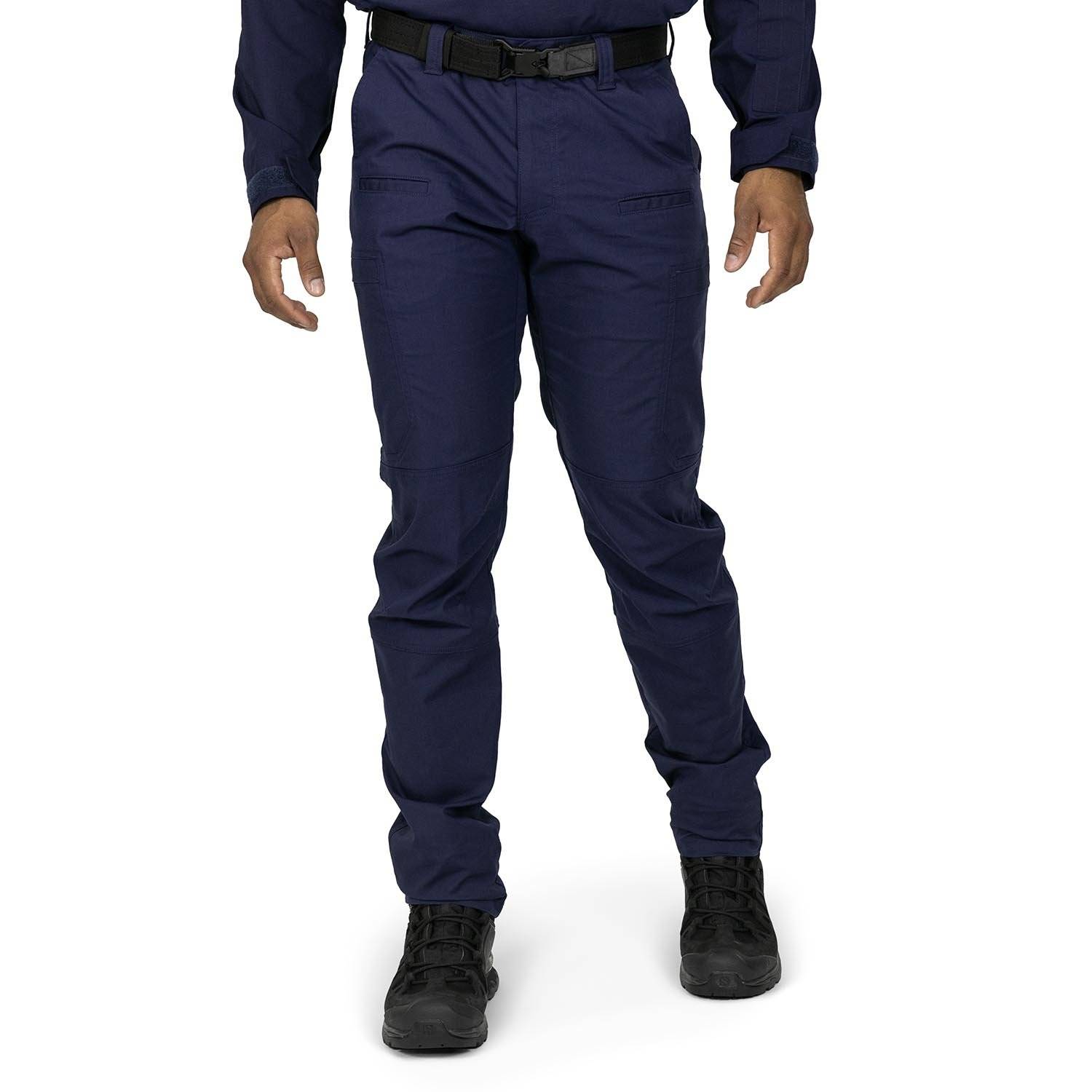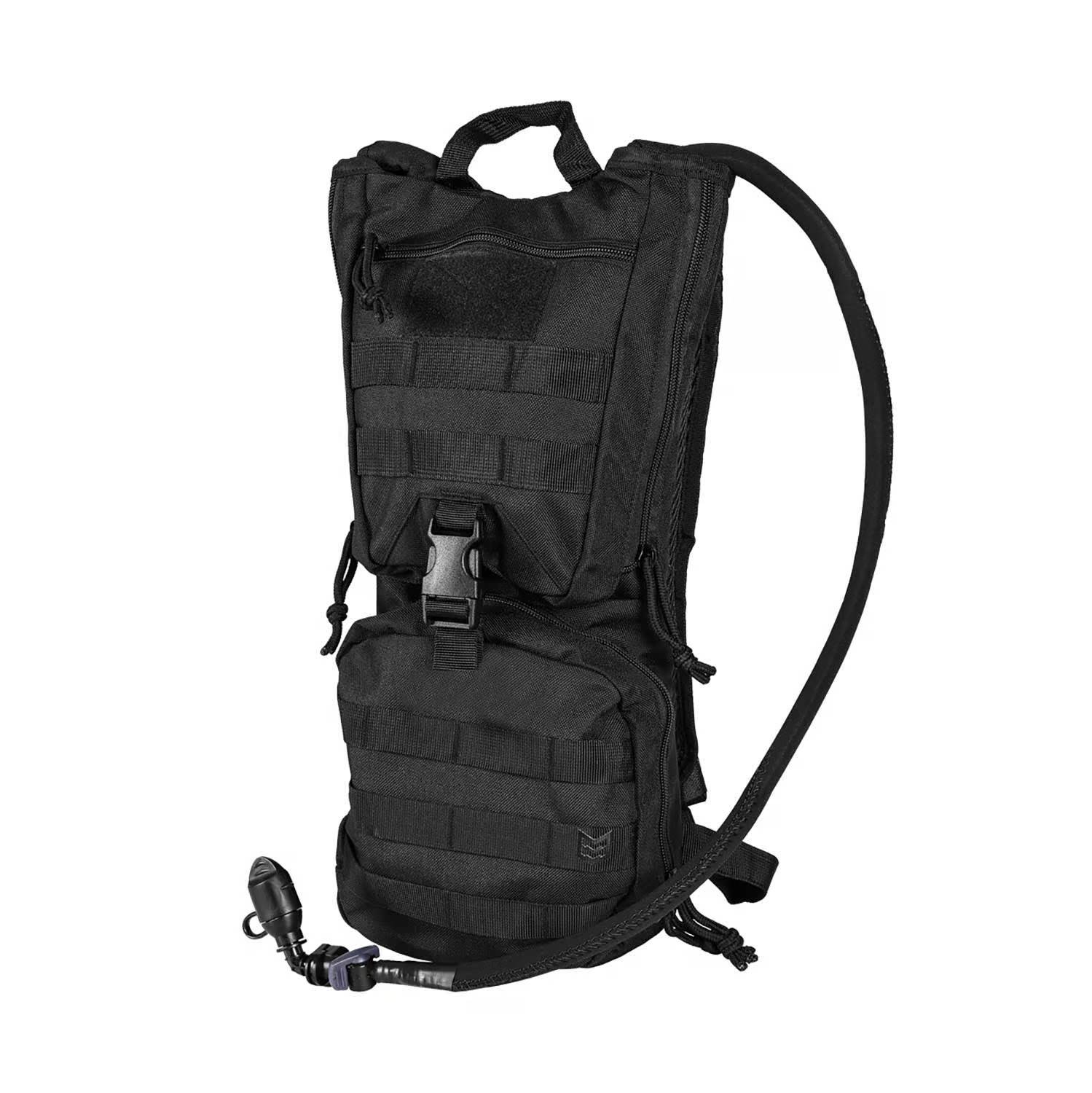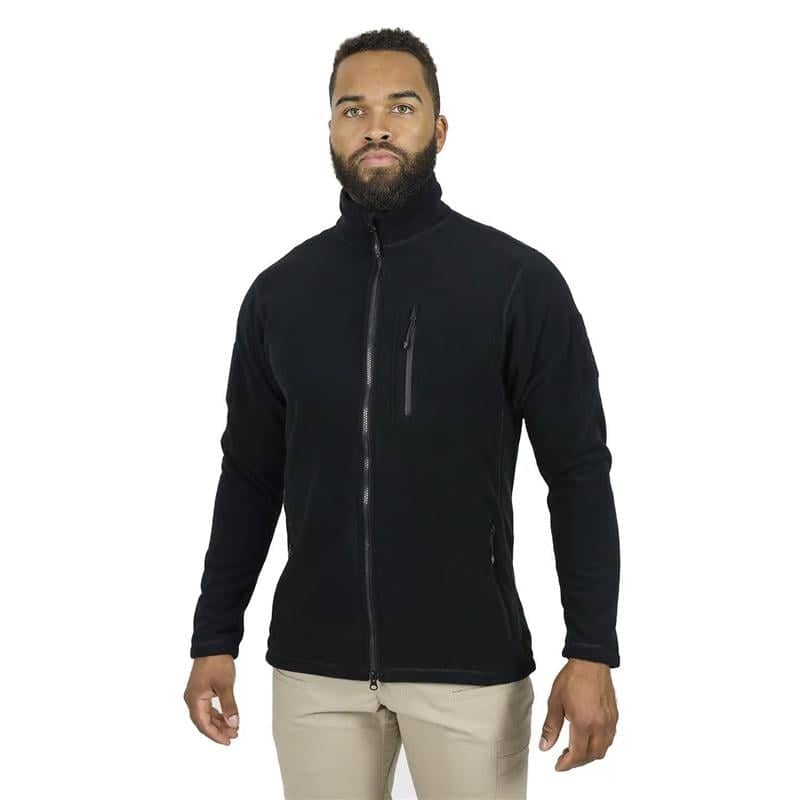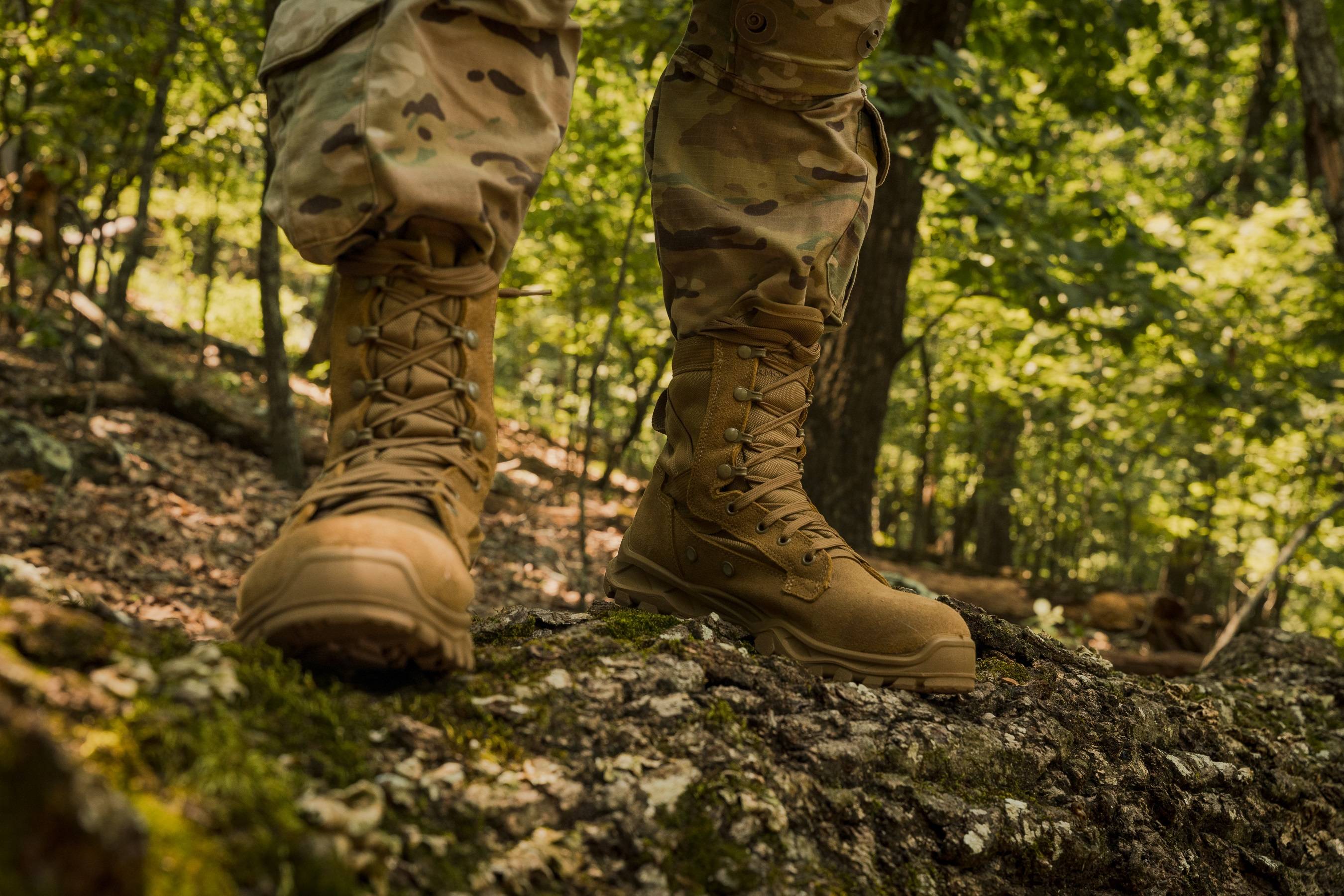
The Ultimate Military Boots Guide: Tips for Finding the Perfect Pair


Throughout my military career, I've been deployed to scorching deserts, dense jungles, and unforgiving mountains. Each environment demanded a different level of protection and performance from my boots. I know firsthand that the right pair isn’t only about comfort— it’s about survival. I'm here to help you choose the right boot for your next mission.
What Are Military Boots?
In most people’s minds, “military boots” means “boots issued by the military.” Many soldiers, sailors, Airmen, and Marines use their standard-issue boots, but you can also buy your own if your issued boots aren’t cutting it—as long as the boots you buy conform to your branch’s regulations (more about that later). Given the purpose of this guide, we’ll be using “military boots” to mean boots designed to withstand the rigors of military life on and off the battlefield. Such boots are designed to endure harsh environments, provide excellent ankle support, and protect your feet from hazards such as sharp objects and extreme temperatures.
Selecting the Right Boots for the Mission
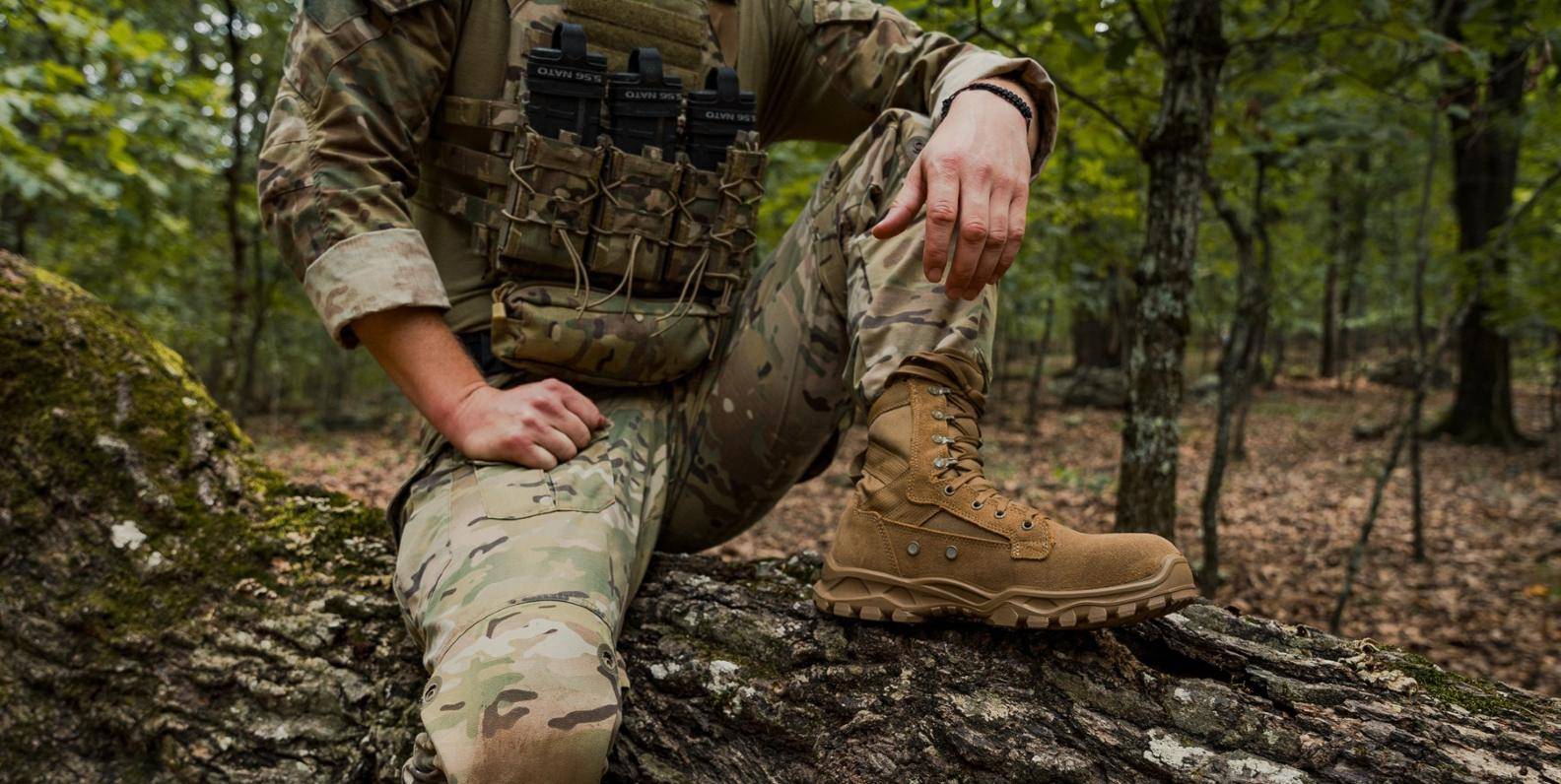
Just as every mission is different, so too is every pair of military boots. It would be nice if one pair of boots could do it all, but there isn’t (at least not yet). Here are some key considerations to help you select the best pair for your needs:
Consider the Mission Environment: Boots that are ideal for hot, dry climates will not serve you well in cold, wet areas, and vice versa.
Anticipate Your Loadout: Heavy packs will strain your feet, so you’ll want boots with more cushioning and thicker soles.
Think about Operating Conditions: Combat conditions may require agility and, therefore, lighter boots, whereas rugged terrain requires heavier and more durable boots.
These are, of course, only quick indications of things to think about. Let’s do a deep dive into all the major parts and features of military boots so we can get more specific about which things are likely to be most important to you.
Key Structural Features of Military Boots
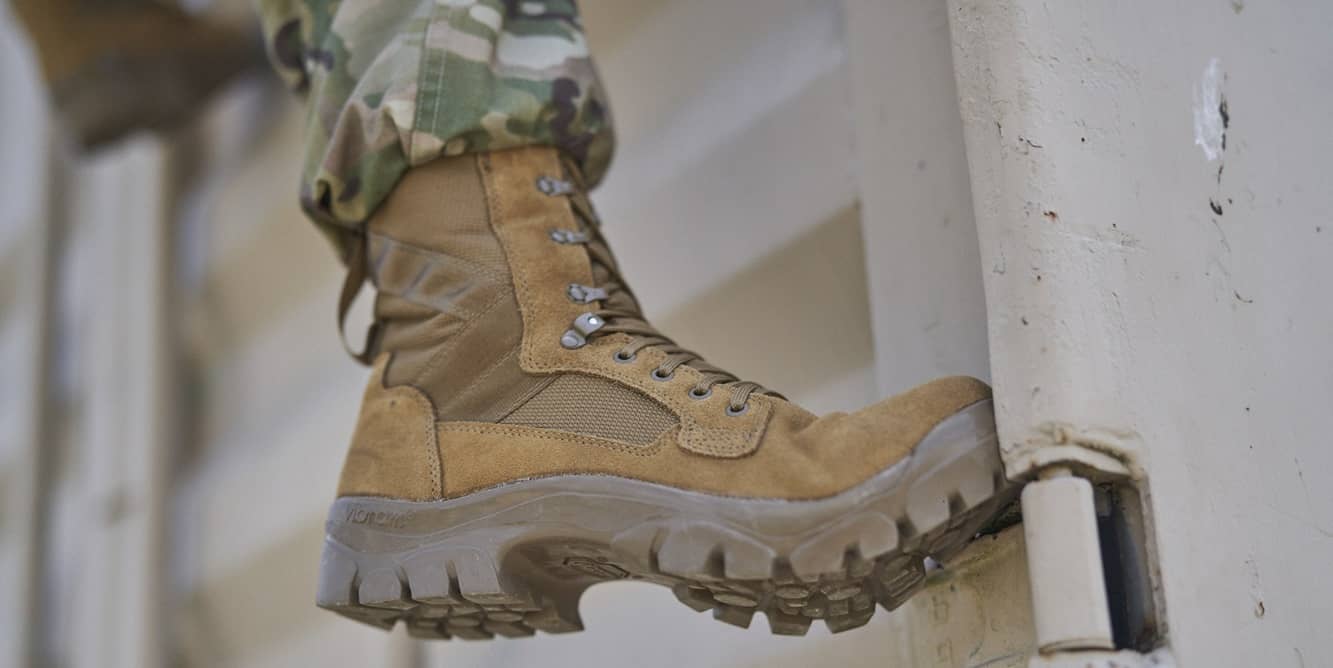
Understanding the nature and purpose of each part of a boot is helpful toward understanding (and evaluating) the boot as a whole.
Upper Materials
The “upper” of a boot consists of everything above the sole. Popular materials for upper construction include full-grain leather, synthetic leather, suede leather, and nylon fabric. Each material offers unique benefits that cater to different needs and conditions. For example, full-grain leather is exceptionally durable and is hands-down the best material if you need waterproof boots, but it’s expensive and takes time to break in. Suede leather is soft, flexible, and typically more comfortable but less durable than full-grain leather. Nylon is lightweight, breathable, and more comfortable than leather for many people, but nylon boots have shorter lifespans and poor water resistance.
Outsoles: Traction and Stability
The outsole of a boot is the part that touches the ground. It is distinct from the insole (the part that touches your foot) and the midsole (the material in between the outsole and the insole). The outsole, midsole, and insole are typically glued together. Because the outsole is the only part that touches the ground, it should be rugged and durable, and its materials and design should be appropriate for the environment.
Rubber soles are affordable, comfortable, and stable on many surfaces, but they’re heavy and easily damaged.
EVA (ethylene vinyl acetate) soles are made of blended polymers that offer great flexibility and comfort at a mid-range price point. EVA’s major drawback is its tendency to warp and melt when subjected to high heat, but this shouldn’t be a concern unless you’re going somewhere really hot, such as Iraq in high summer.
TPR (thermoplastic resin) is a popular choice for boot soles because it’s inexpensive and much lighter than rubber. However, it’s a very firm material, so it’s generally less comfortable walking on.
Lastly, give some thought to lugs, which are the patterned protrusions on the soles of many boots. There are thousands of sole patterns and lug styles, but in brief, Large, widely spaced lugs are great for extra traction on loose soil and rough stone but perform poorly in mud and snow and in areas littered with small loose rocks. In such environments, debris gets stuck in the spaces between the lugs, eventually “clogging” the outsoles completely. This negates any extra traction you may have had and makes your boots much heavier, increasing fatigue.
Midsoles: Cushioning and Shock Absorption
Midsoles are crucial for providing cushioning and support between the insole and outsole, enhancing comfort and reducing fatigue. Midsoles can be made of EVA, TPR, rubber, or gel, offering the same benefits and drawbacks in each case.
Insoles: Comfort and Support
Insoles are arguably the most crucial part of any boot. If your feet are painful, bloody, covered in blisters, or otherwise not in great shape, everything else about your mission gets a lot harder. Memory foam and gel insoles are inexpensive ways to quickly make your boots more comfortable, but you may need to trim them to fit. Custom orthotic insoles are more expensive and need to be prescribed by a doctor, but they can work wonders to relieve chronic foot or lower back pain caused by ill-fitted boots if off-the-shelf inserts aren’t cutting it.
Shanks: Stability and Arch Support
A shank is a long, thin piece of metal between the insole and the outsole designed to provide additional arch support. This, in turn, slightly reduces muscle strain and fatigue in your feet, ankles, calves, and thighs. Many people say that although a shank doesn’t make a huge difference, it is noticeable and helpful, especially for those who walk many miles every day.
Puncture-Resistant Soles
Puncture-resistant soles are designed to protect your feet from sharp objects. In most cases, these soles are made of either steel or composite materials such as Kevlar or carbon fiber. Both offer excellent protection, although composite soles are superior in terms of weight, and they’re non-conductive. Steel plates are quite a bit heavier but tend to be more affordable.
Construction
Not all military boots are made equal. There are several different ways in which the different parts of a boot are stitched, glued, or attached to one another to create a complete piece of footwear. As is the case with most things, each method has pros and cons.
The Goodyear Welt is a time-tested boot construction technique widely considered to be the gold standard. The upper, insole, and outsole are all stitched together, improving the boot’s strength, longevity, and water resistance. This technique also makes the boot easier to resolve. Another method called “stitch-down” construction is essentially a lite version of the Goodyear Welt that stitches together only the upper and the outsole, bringing the cost down a bit at the expense of some water resistance. Cemented construction uses glue instead of stitches to attach the sole to the upper, making it the most affordable but least durable of these options.
Waterproof and Water-Resistant Fabrics
It may seem as though waterproofed boots are great for any situation; after all, waterproofing may not help, but it can’t hurt, right? Actually, in some respects, it can. For example, most boots made of synthetic fibers can be waterproofed, but in these cases, the waterproofing process weakens the fibers and reduces the boot’s longevity; these weakened fibers also reduce the boot’s ability to keep water out over time.
There are some partial exceptions to this. Materials like Gore-Tex and Sympatex are designed from the ground up to be permanently waterproof (as opposed to other materials, which can be temporarily waterproofed with sprays or oils). Gore-Tex and Sympatex boots feature waterproofing that should last as long as the boot itself (which can be a good long time, but no boot lasts forever). Leather is the only boot material that can be re-waterproofed indefinitely by applying wax or oil.
Other materials, such as Cordura, are not waterproof but are decently water-resistant.
Insulation
Like waterproofing, insulation is not necessarily ideal for every situation and should be considered only if you’re pretty sure that you’ll be deploying to a cold place (temperatures under 70° Fahrenheit). Thinsulate, Primaloft, and wool are common insulation materials, all of which are lightweight and breathable but likely inadequate for extremely cold environments. Extreme cold-weather boots (ECWBs) are made with thicker, heavier insulation that can protect your feet in temperatures as low as -60 ° Fahrenheit. If you’re deploying somewhere cold, check the weather patterns in that region and choose boots made with insulation designed for that range of temperatures.
Toe Protection
Toe caps protect your feet from impacts and compression, and they’re virtually mandatory for certain kinds of work (anything that might result in something very heavy falling on your foot). Most boot toe caps are made with either steel or composite materials, and each material offers the same pros and cons in this respect as it does when used in puncture-resistant soles. Each branch has different regulations regarding toe caps, so be sure to check the relevant policy document and any command-level directives that may supersede them.
Types of Military Boots
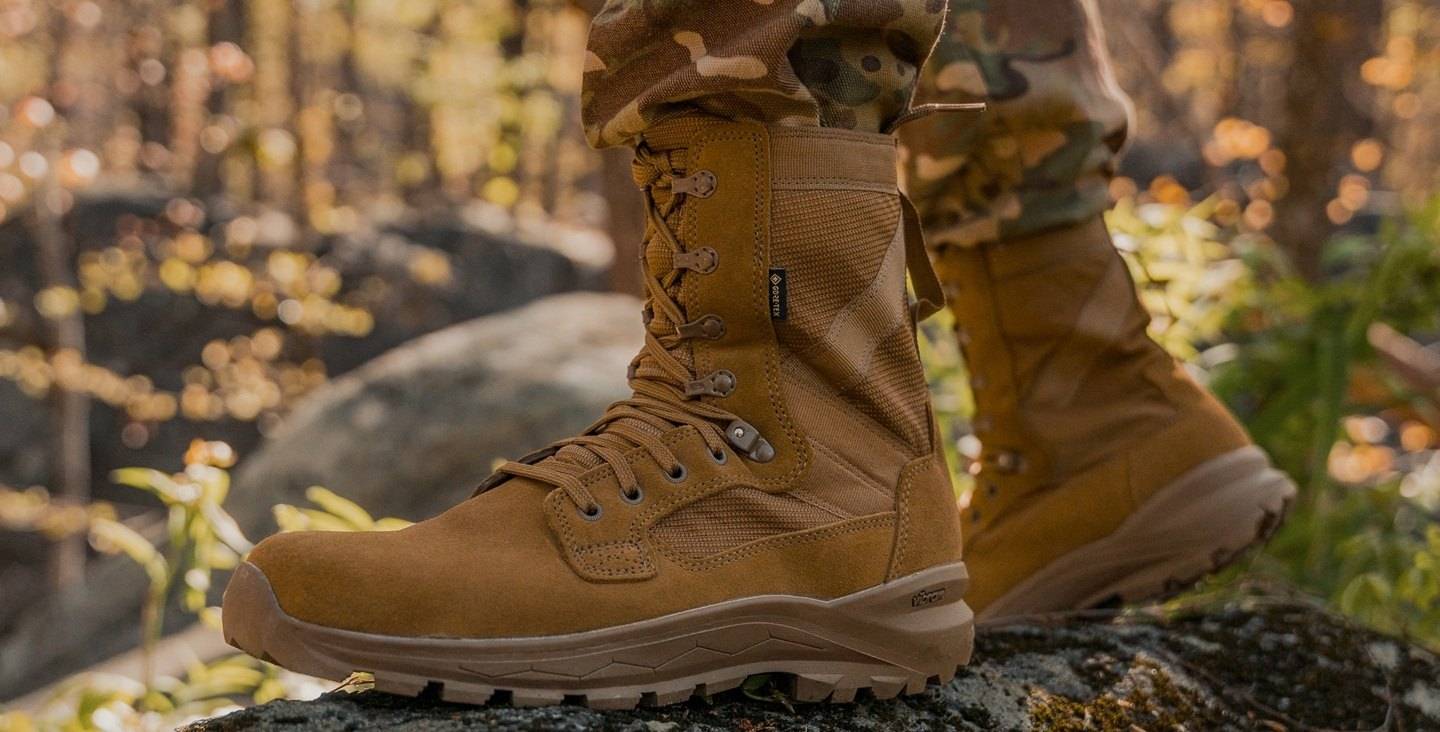
There are several different types of military boots, and each is designed for specific conditions.
Combat Boots
Combat boots are designed to perform adequately in most environments, neither excelling nor failing miserably in any respect. It’s good to own a pair for normal duty, but if you’re going into an especially dangerous or challenging environment, you’ll likely need something more specialized.
Shop Combat Boots
Jungle Boots
Jungle boots are engineered for hot and humid environments. Featuring lightweight construction and breathable materials, they promote superior moisture management, helping to prevent blisters and fungal infections. The outsoles are designed for optimal grip on wet and uneven surfaces, improving stability when navigating through dense vegetation and muddy terrain. Popular brands include McRae, Rothco, and Altama.
Shop Jungle Boots
Cold Weather Boots
Cold-weather military boots provide exceptional protection in below-freezing temperatures. All are insulated, and most are waterproof. The high-cut design and snug fit help retain body heat while keeping snow and water out but beware—cold-weather boots tend to perform poorly in most other environments.
Shop Cold Weather Boots
Jump Boots
Jump Boots are purpose-built for paratroopers. They offer reinforced ankle support and shock absorption to withstand the impact of landing. With their durable leather exterior and polished finish, jump boots uphold traditional military aesthetics. Popular brands include Corcoran, Rocky, and McRae.
Shop Jump Boots
Military Boot Regulations by Branch
Each military branch has specific regulations for boots, and all boots you buy must conform to those regulations. Below, we’ve briefly summarized the high points from each branch’s respective policy document, but these are not exhaustive lists. Be sure to reference your branch’s full policy document before buying.
Army Boots
Regulations: AR 670-1 and DA PAM 670-1
Color: Coyote brown.
Material: Made of flesh-side-out leather and approved synthetic materials.
Height: Between 8 to 10 inches.
Zippers or Velcro® Inserts: Not authorized.
Shop US Army Boots
Marine Corps Boots
Regulations: MCO 1020.34H and MARADMIN 117/16
Colors: Black (standard issue), Coyote Brown (optional, may require command approval), Brown (optional, may require command approval)
Height: 8 to 12 inches.
Material: Smooth leather (black and brown boots), Rough-side out leather (coyote brown boots).
Zippers: Prohibited.
Safety Toes: Safety boots (with steel toe) are required in certain environments.
Shop Marine Corps Boots
Air Force Boots
Regulations: AFI 36-2903
Color: Coyote Brown.
Material: Suede or rough-side-out leather without a polished finish.
Height: Between 8 to 10 inches in height.
Zipper Inserts: Optional
Shop Air Force Boots
Space Force
Regulations: SPFGM2023-36-01
Color: Coyote Brown
Material: Suede or rough-side-out leather without a polished finish.
Height: Between 8 to 10 inches in height
ZipperInserts: Optional
Safety Toes: Optional
Navy Boots
Regulations: NAVADMIN 214/17
Colors: Black (Standard Issue) or Coyote Brown (Ashore use).
Height: Boots must be 8 to 9 inches in height.
Material: Constructed from leather, either smooth black or rough-side-out coyote brown.
Zipper Inserts: Prohibited.
Shop Navy Type III Boots
Breaking In Your Military Boots
Breaking in your military boots improves comfort and protects your feet. Wear your new boots daily for several weeks before you wear them in the field to help them mold to your feet; this will reduce your risk of blisters and other foot problems. Optionally, you can use methods like wetting or leather conditioners to soften boots; just be sure to dry them properly afterward and before putting them on.
Maintenance and Care of Military Boots
Regular maintenance and care extend the lifespan of military boots and keep them in good condition.
Cleaning and Drying
Use a stiff brush or cloth with gentle soap to clean your boots and dry them in a well-ventilated area away from direct sunlight and heat. Neglecting proper maintenance can lead to the growth of bacteria or fungi, increasing the risk of foot infections and unpleasant odors, and poorly maintained boots don’t last as long.
Regular Inspections
An ounce of prevention is worth a pound of cure, as the saying goes. By routinely checking your boots for wear and damage and making necessary repairs as soon as you notice a need, you can dramatically extend your boots’ lifespan.
A wise man once said, “Never skimp on things that separate you from the ground, like mattresses, tires, and shoes.” A high-quality pair of boots can be expensive, but if you take the time to do careful research and select boots that are well-suited to your next mission, they will keep your feet comfortable and well-protected for many years to come.




